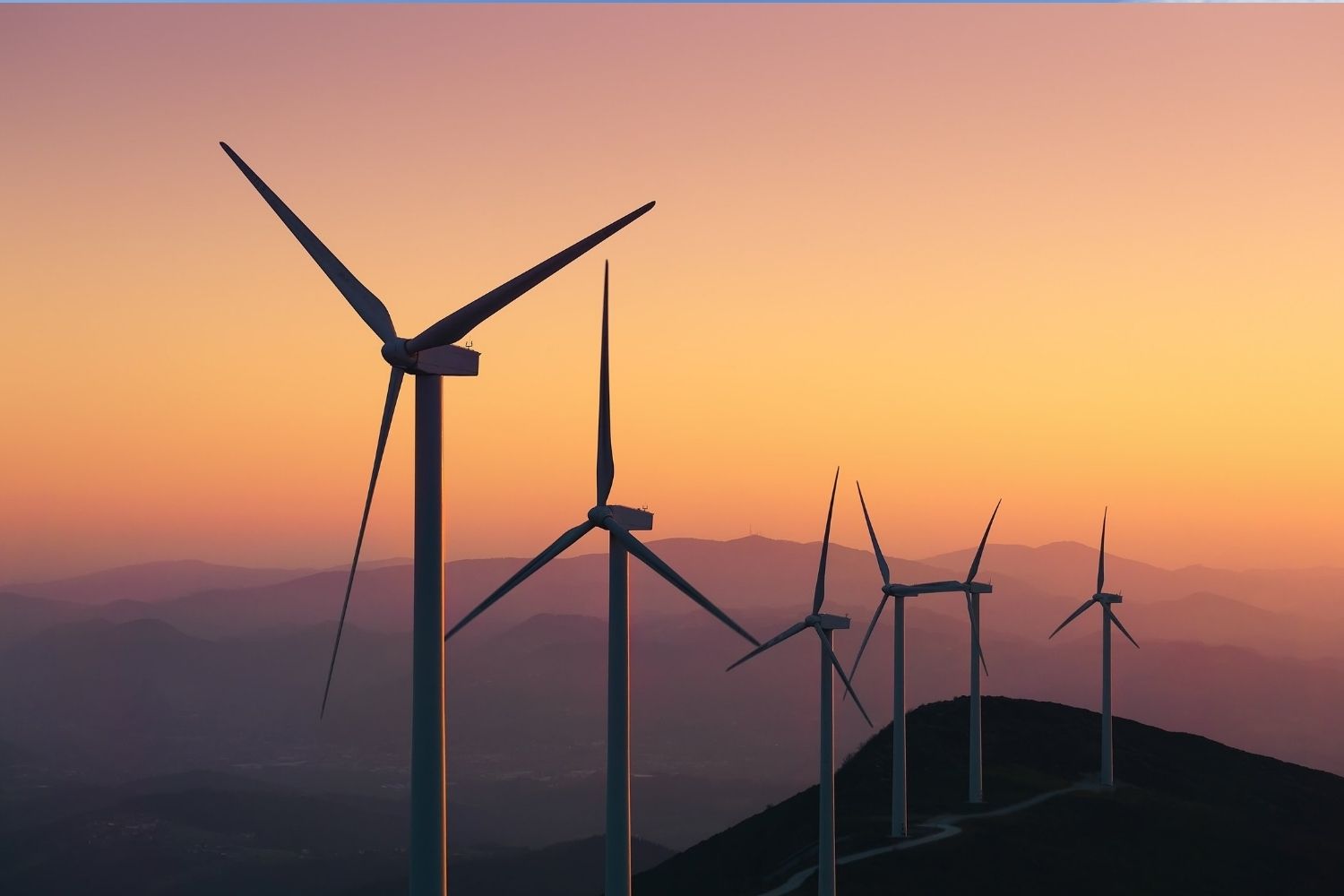Earlier this year the Australian Energy Market Commission [AEMC] released a draft plan that proposes the imposition of a solar export tariff (AKA “solar tax”) on households who export to the grid. Needless to say, this idea quickly set tongues wagging in the solar sector and beyond. Though the proposal has plenty of supporters and critics alike, all can agree it’s an audacious response to what has been a brilliant development – the rapid growth of solar power in Australia.
Yet whether you have a rooftop solar installation, intend to get one soon, effectively everyone has a stake in what the AEMC is proposing. Accordingly, now is a good time to unpack the AEMC’s idea and what it means for solar owners.
The Solar Export Tariff Debate
There are two key aspects that inform this debate surrounding a solar export tariff. The first concerns the outdated nature of Australia’s energy infrastructure. Put simply, the current grid infrastructure in place was intended to dispatch electricity from major generators like coal power plants to residential homes. As residential solar installations can feed excess energy back into the grid, this means the grid today sends energy in both directions. Previously it was all one-way traffic.
South Australia and Victoria now need to wrestle with the fact that due to the rate of rooftop solar’s growth, the risk of oversupply to the grid – and its resulting blackouts – is a real emerging challenge. This is known as the grid congestion problem, and just as it’s already a presence in South Australia and Victoria, the problem is also looming elsewhere.
Accordingly, there’s widespread recognition the current system isn’t sustainable into the future. There is no agreement around who in the community should shoulder the burden for addressing the problem. In the minds of some, the answer is simple – those who own rooftop solar systems have given rise to the issue, so it’s for them to take the lead in resolving it.
But to others, individual adopters should not be responsible for a problem with community infrastructure that tech advances have rendered no longer fit for purpose. Complicating this scenario is the fact that while around 20% of Aussie households are currently solar panel users, on current estimates that number is set to grow to as much as 50% within a decade. So alongside a sizeable chunk of Aussies being impacted by the imposition of a solar export tariff were it (hypothetically) to come in today, in less than ten years it could be a charge on half the country.
The Argument for the Solar Export Tariff
To the AEMC and supporters of the solar export tariff, the basis for it resides in the fact the electricity grid as it exists today was not set up with solar in mind. From the AEMC’s perspective, imposing a tariff would help address issues around congestion in the system. The “two-way” pricing would apply a tariff if power is exported to the grid when it’s congested, but a different arrangement would apply if power is sent when demand is low.
The AEMC is not proposing a rigid or compulsory figure for the tariff. Instead, they’re suggesting one is put in place while allowing for negotiating around it between consumers and network providers. This could mean solar owners get a list of options from a network to choose from. For example, if they wish to utilise their solar power on a summer’s day for a particular appliance(s), or earmark it for export to the grid.
The Argument Against the Solar Export Tariff
Many critics of the tariff feel any imposition of a solar tariff years after the local industry got well underway and uptake surged would be a slap in the face to solar system owners. They brought a system motivated by its benefits, be they financial, eco-friendly, or a combination of factors. To many critics of the AEMC, grid upgrades should be paid for by other stakeholders and not solar system owners.
More widely, there’s concern that while negotiation between consumers and network providers sounds OK in theory, it’s doubtful in practice how much ability regular Aussies would really have to negotiate with a provider surrounding a tariff. There’s also worry tariffs being imposed could discourage many would-be solar owners from purchasing a system in future. Although on current projections solar is set to continue growing strongly in Australia, ultimately these are projections and past performance is no guarantee of future behaviour.
The Solar Trust Centre Perspective
Unsurprisingly our team spends a ton of time thinking about solar. When it comes to the particulars of various proposals for the future of the sector, we’re mindful there can be good ideas, bad ideas, and ideas that are not yet fully formed. There’s been a ton of coverage of the AEMC proposal, and some of it surely a bit unfair just the same as some of it has been a fair critique. But at the end of the day, the AEMC proposal remains just that – a proposal.
One that details some ideas for solving issues in the solar sector. Accordingly, we continue to watch with interest and look forward to revisiting this if and when some concrete action begins regarding it. Meantime, as it will indeed take a long period of time for the AEMC concept to be hashed out, for any solar enthusiast we think the best use of time in examining current industry issues can be found elsewhere. Namely, keeping an eye on more immediate changes on the horizon, such as changes to feed-in tariff rules across the nation.


